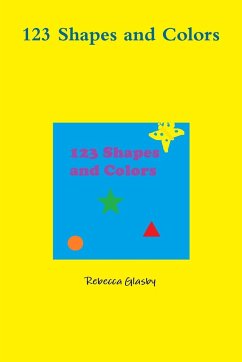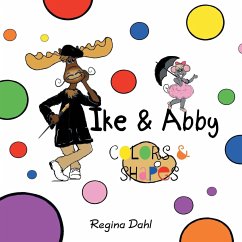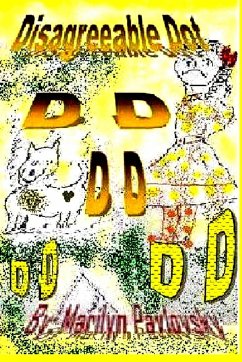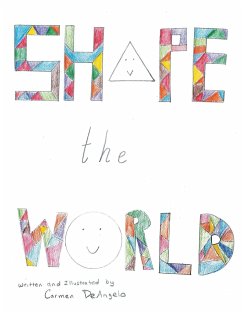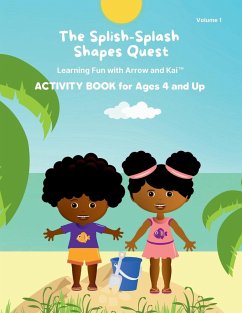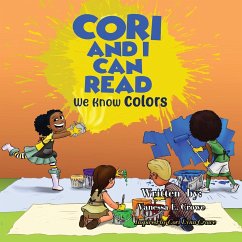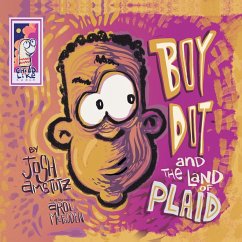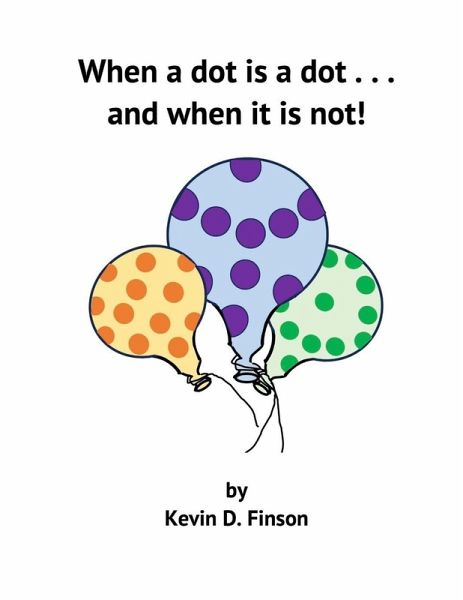
When a Dot is a Dot . . . and When it is Not!
Versandkostenfrei!
Versandfertig in 1-2 Wochen
13,99 €
inkl. MwSt.

PAYBACK Punkte
7 °P sammeln!
When is something a dot, and when is it not a dot? Preschoolers and early elementary age children can have fun exploring that question as they flip through the pages of this book -- either on their own or with the help of someone able to read the short text accompanying each illustration. The illustrations are presented in a way that lends itself to teaching the basic colors (red, orange, yellow, green, blue, purple, black, and white) as well as basic shapes (circle, square, triangle, diamond, star) plus a few others that are not typical. In addition, with some guidance, children can learn abo...
When is something a dot, and when is it not a dot? Preschoolers and early elementary age children can have fun exploring that question as they flip through the pages of this book -- either on their own or with the help of someone able to read the short text accompanying each illustration. The illustrations are presented in a way that lends itself to teaching the basic colors (red, orange, yellow, green, blue, purple, black, and white) as well as basic shapes (circle, square, triangle, diamond, star) plus a few others that are not typical. In addition, with some guidance, children can learn about attributes -- or characteristics -- that make something either a dot or not. Most things have more than one attribute. The dots shown in this book have the two attributes of size and color that vary from one illustration to another -- all the while having the same shape. Each attribute can have some variations, called attribute values. The attribute values for dots' colors are the visible spectrum colors plus black and white. The attribute values for dots' size are large, medium, and small. The "not-dot" illustrations differ from dots in their shapes and have their own attribute values. The last few pages of the book provide fun pages that challenge children in identifying what images have dots and which do not. Special notes for parents, teachers, or other interested folks are given at the end to facilitate further learning about attributes.



